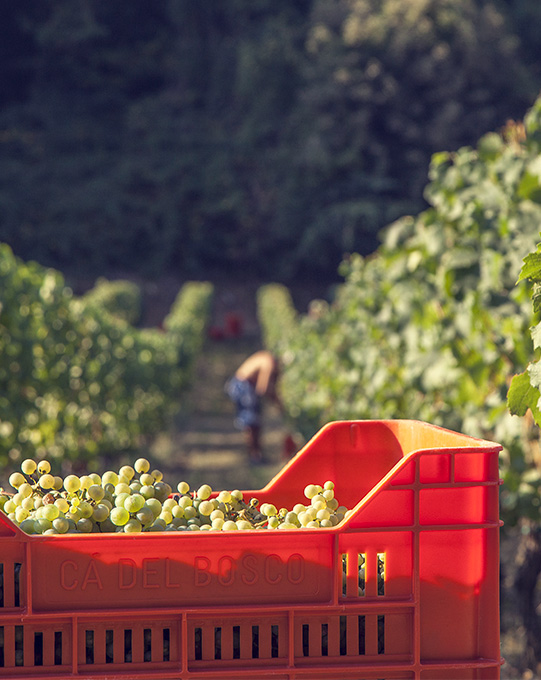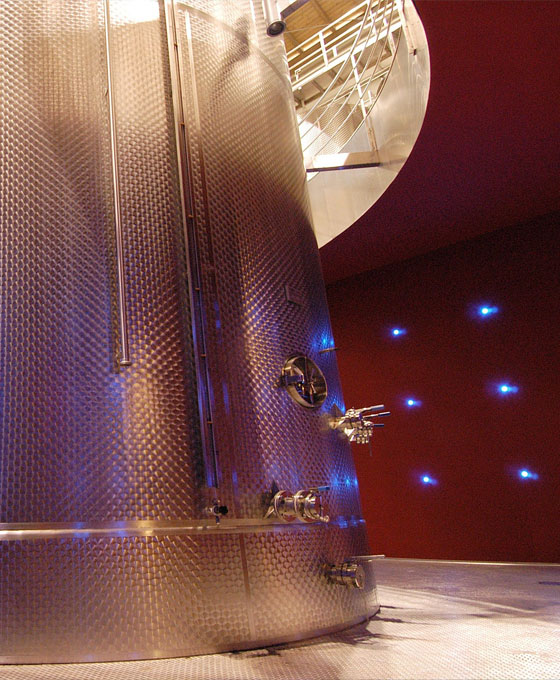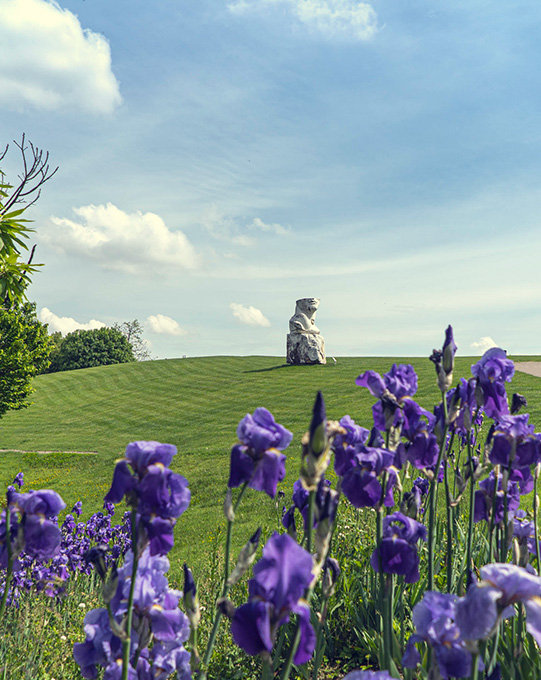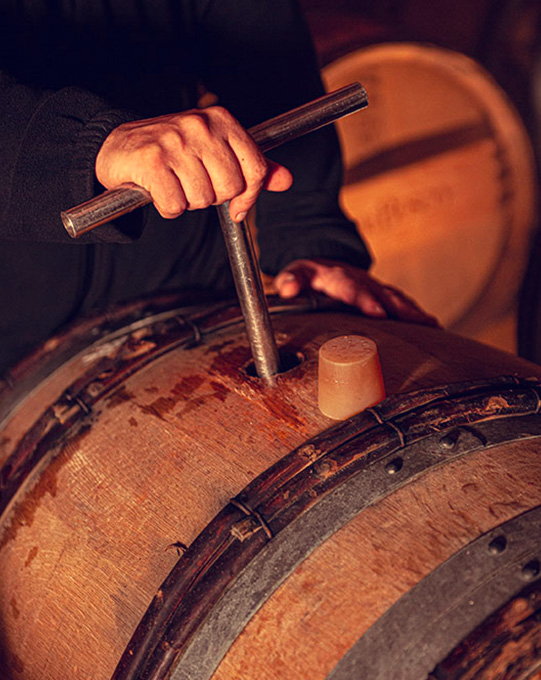Our Story
Ideas, intuitions and visionary projects have marked our history from the first harvests to today. Each milestone evokes a memory.

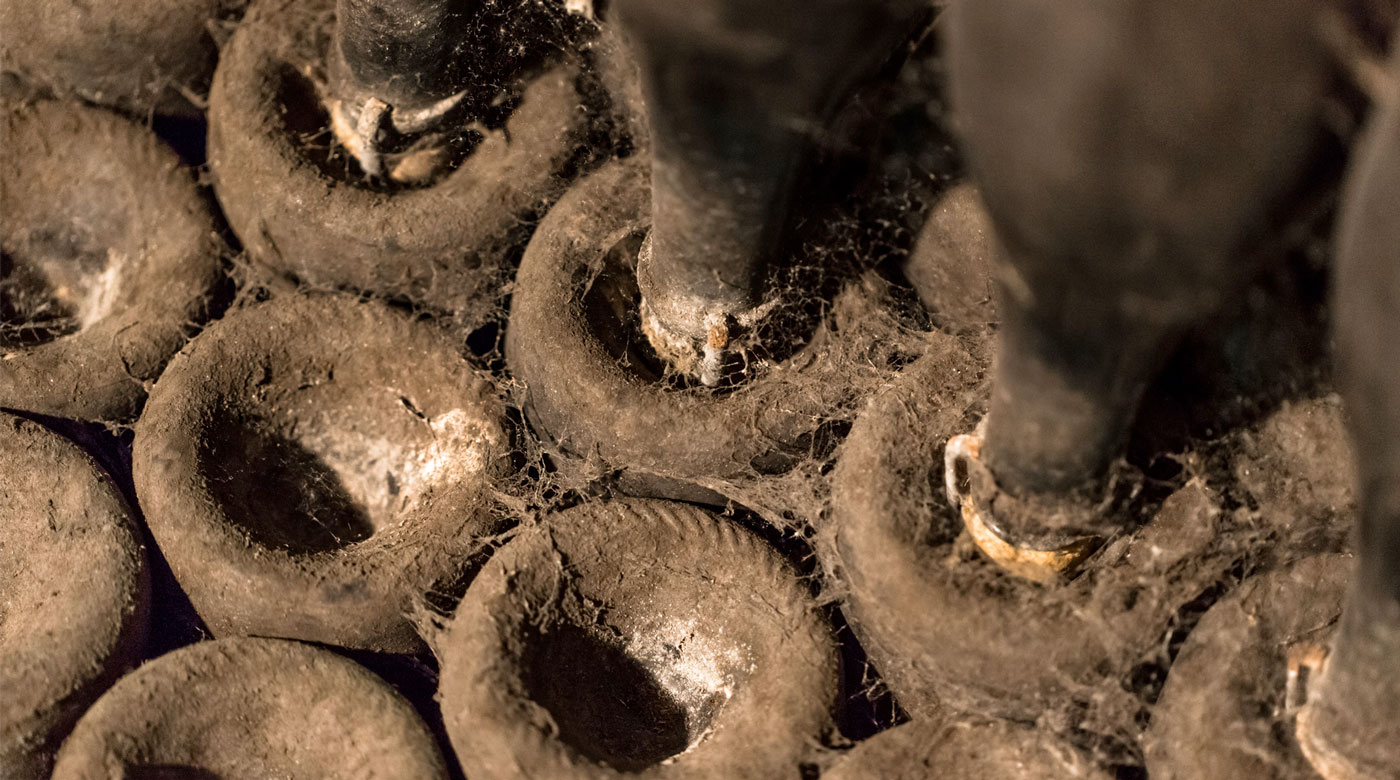
Ideas, intuitions and visionary projects have marked our history from the first harvests to today. Each milestone evokes a memory.
The story begins when Annamaria Clementi Zanella, Maurizio’s mother, buys “Ca’ del Bosc”, a modest house in the hills of Erbusco with two hectares of land surrounded by thick oak and chestnut woods. She was a constant source of inspiration to her son Maurizio. She passed in 2014.
Antonio Gandossi, the manager of Ca’ del Bosco, personally plants the first vineyards, including the high-density (10,000 vines per hectare) ones, which were an innovation for Italy. He tended the winery’s vineyards until his death, in 2011.
The first wine sees the light: Pinot di Franciacorta Bianco.
The first year of production for Rosso di Franciacorta.
The thrilling year of the first harvest for the initial trio of spumantes: Pinot di Franciacorta Brut, Pinot di Franciacorta Dosage Zéro and Pinot di Franciacorta Rosé, which are marketed for the first time in December 1978.
Crémant spumante is produced, to be marketed in 1980.
Maurizio Zanella, still wet behind the ears, convinces the chef de cave André Dubois of the validity of his scheme: with the cellarmaster’s valuable assistance, the first Franciacorta Vintage Pinot takes shape. The quality of every wine produced by Ca’ del Bosco is his doing, in large part. He passed in 1990.
The Brut di Pinot Nero and Maurizio Zanella wines are introduced.
Pinéro and Chardonnay join the family.
17m below ground level, a domed room is dug, from which the cellars in which the Franciacorta spumante and wines are aged branch out radially.
The Vintage Franciacorta is dedicated to Maurizio Zanella’s mother, the founder of Ca’ del Bosco, and takes her name: Cuvée Annamaria Clementi.
Crémant becomes a vintage spumante and its name is changed to Satèn. The Merlot is born.
Brut and Dosage Zéro become vintages.
Ca’ del Bosco joins the Gruppo Santa Margherita, headed by the Marzotto family, while retaining both the contribution of Maurizio Zanella (the current President) and its own identity and autonomy.
During the construction work for the expansion of the wine cellars, unique technologies for pressing and vinification are introduced.
Carmenero joins the family.
Ca’ del Bosco, its vineyards and its wines are the stars of an exhibit at the Triennale entitled “11 photographers, 1 wine”. Later, Skira will be entrusted with the publication of the eponymously titled book.
Cuvée Prestige is introduced, a new, more modern edition of Brut s.a., the fruit of thirty years’ experience at Ca’ del Bosco. The first bottles are marketed in the first days of November. Starting from the 2007 harvest, Terre di Franciacorta Bianco and Terre di Franciacorta Rosso change their names to Curtefranca Bianco and Curtefranca Rosso.
The effort invested in the Carmenero wine project pays off: starting with the 2008 harvest, Carménère grapes are recognized and Carmenero obtains the IGT Rosso del Sebino designation."
Cuvée Annamaria Clementi Rosé is launched, with the initial vintage, 2003.
The Vintage Collection is born: the Franciacorta Vintage range, from the 2008 harvest, a revelation of the Ca’ del Bosco method. An exclusive approach that combines innovation, naturalness and quality, in the quest for a noble wine, a valorization of both varietal and terroir.
On 14 October, the Vintage Collection Dosage Zéro Noir is presented, featuring the 2005 harvest, the fourth in the vintage line, a Franciacorta ennobled by the title of “Reserve”.
On 9 November, the restyling of the Annamaria Clementi, which becomes a zero dosage, is announced.
In the first days of September, two new wines are presented: Corte del Lupo Bianco and Corte del Lupo Rosso, reinterpretations of the classic Curtefrancas.
